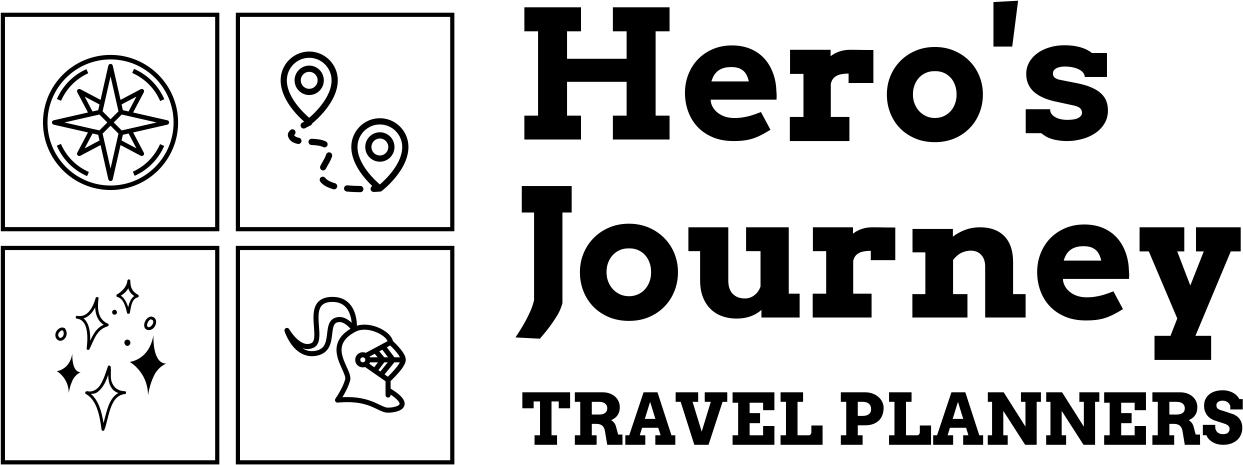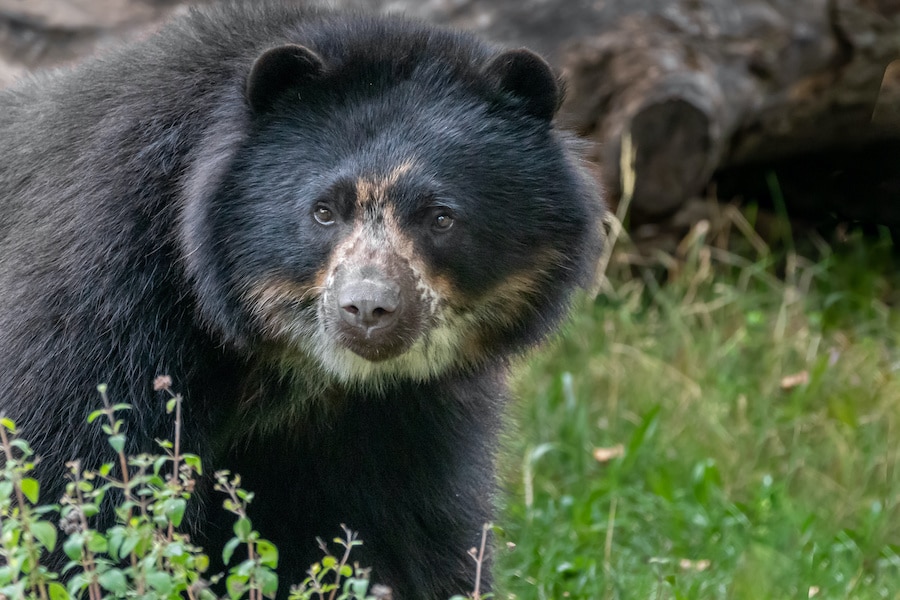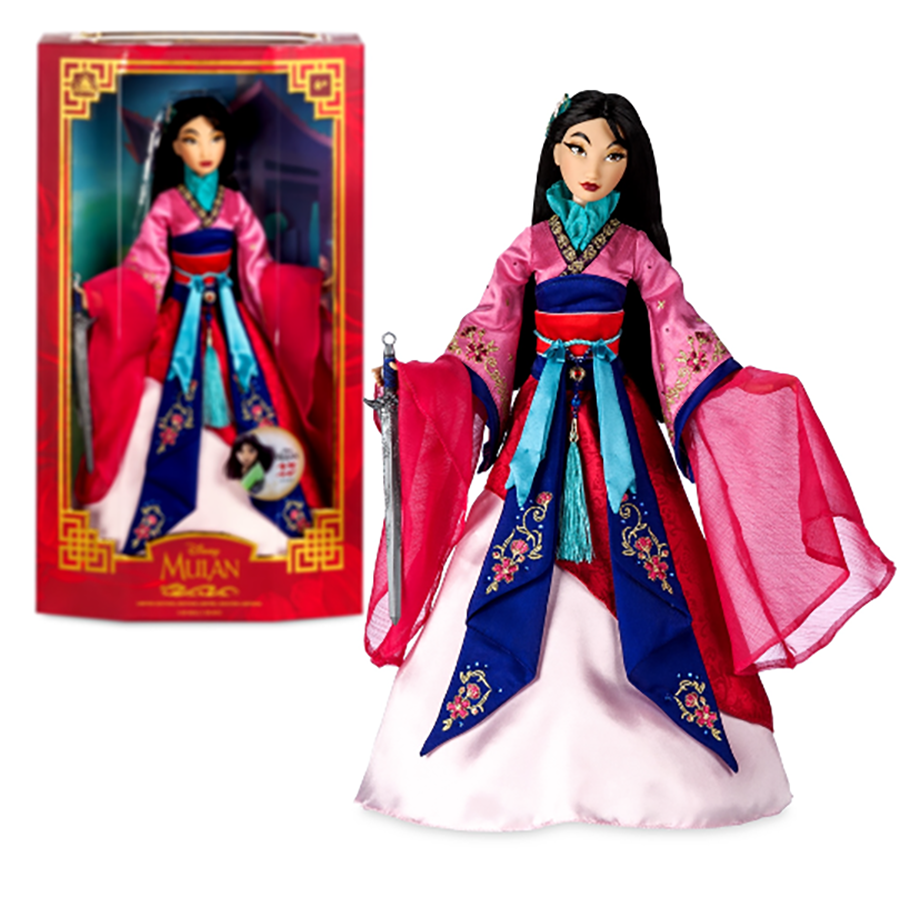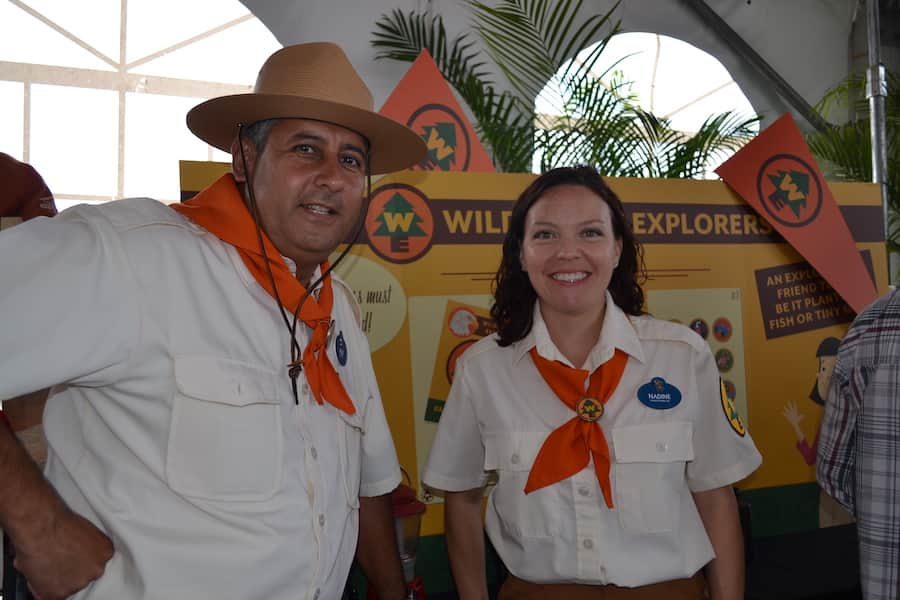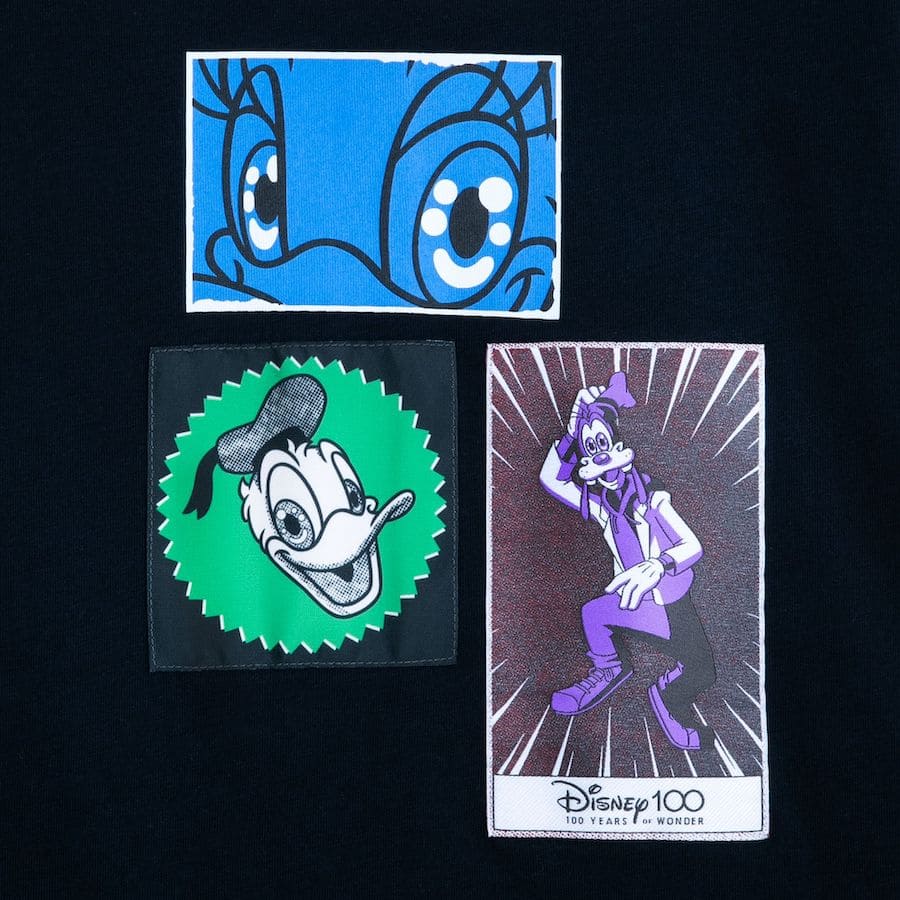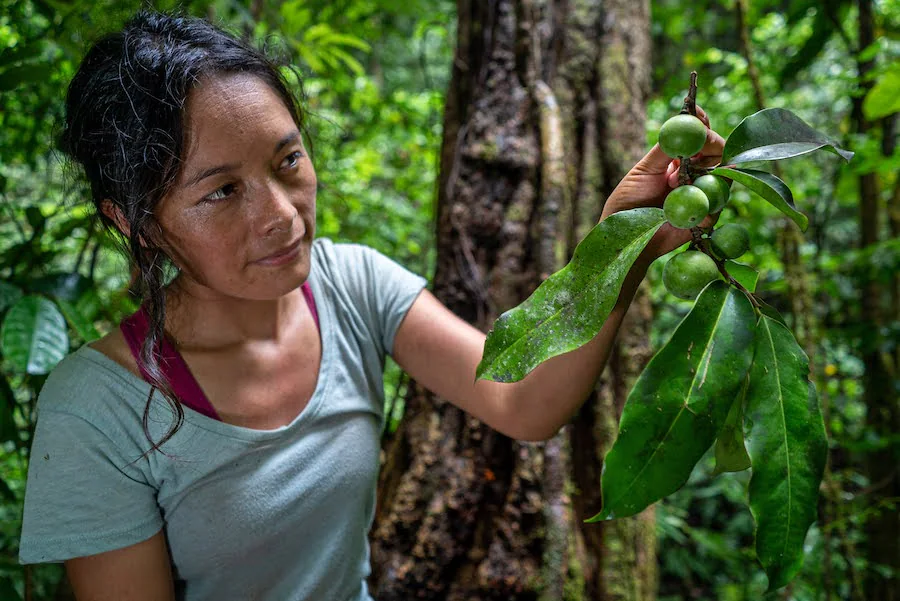
Q&A with a Disney Conservation Hero – Ruthmery Pillco Huarcaya
Originally published at Disney Parks News
A Disney Conservation Hero must be willing to take risks, show courage, and contribute to a global story of hope for the future. Ruthmery Pillco Huarcaya – one of our 15 Disney Conservation Heroes recently recognized by the Disney Conservation Fund – has accomplished all of this and more. Ruthmery is a trilingual field biologist and Quechua woman who has spent her career protecting rainforests and wildlife, including the Andean spectacled bear. She was nominated by Osa Conservation for her conservation efforts across the Americas, including building restoration and rewilding programs to help Andean bears and helping prevent the extinction of a critically endangered plant in Costa Rica.
In the spirit of Disney Planet Possible, we chatted with Ruthmery to learn how she got started in conservation and what gives her hope for the future.
How did you get involved with conservation?
I grew up in a small town in the Andes of Cusco, surrounded by forests. When I was a little girl, my dad and I used to collect and grow seeds in the nursery and visit communities to plant them. I have always admired the importance of trees for wildlife and people. And I wanted to study and protect them. I formed a team and we trained ourselves to evaluate trees according to the International Union for Conservation of Nature (IUCN). We prioritized threatened species, restored habitats with native tree species, and, most importantly, introduced species that are rare and threatened.
The opportunity arose to work in the Andean cloud forests of Peru with a charismatic species, the Andean bear. It still meant protecting threatened trees, because we had to restore the Andean bear’s lost or degraded forest habitats, which provide food for the bears and water for the surrounding communities.
(Credit: Andrew Whitworth)
As a Quechua woman, how has your career path been similar or different from others?
Growing up in a Quechua village allowed me to explore and connect more closely with the high Andean communities with which I am currently working. Likewise, growing up in the countryside has helped me become a stronger woman. Thanks to my hardworking parents, who saved every sol, I was able to finish my university studies. International researchers such as Dr. Andrew Whitworth and Dr. Adrian Forsyth also supported me every step of the way throughout my professional career.
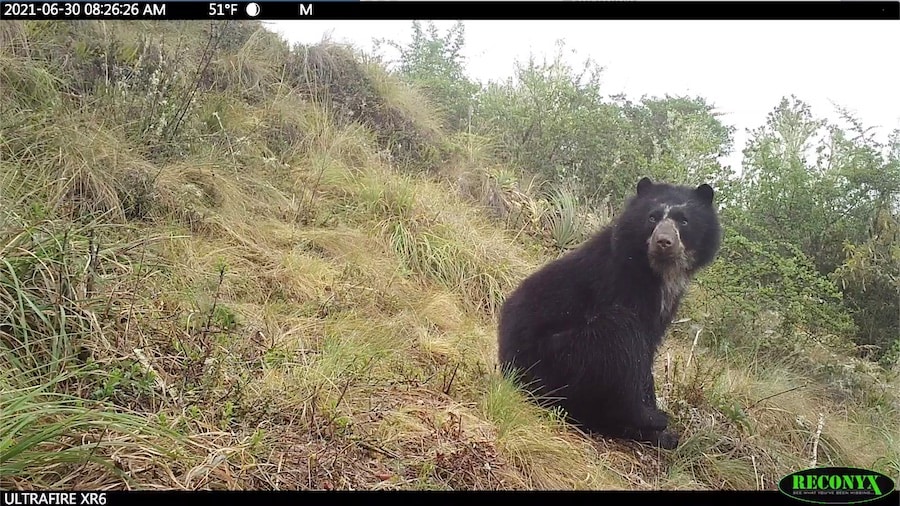
Why are Andean bears and other vulnerable species important to their local ecosystems?
Every living being plays an important role in the ecosystem and food chain. And the loss of a species can cause a collapse in the system. Andean bears play an important role in the dispersion of seeds. Because they are the only large mammals that move freely throughout a wide altitude range. From the puna grasslands to the cloud forest. Thanks to the Andean bears, we have a forest. Thanks to the forests we have water and food.
What are the biggest challenges you see for wildlife where you work?
The Amazon Basin and the Andes create a giant wet ecosystem that generates most of the freshwater for the world. And contains a huge amount of biodiversity and indigenous human richness. We are in a critical time, where we know the value of the Andes and the Amazon. However, sadly, we are also at a tipping point when all the things that make this place unique. Risk being lost forever due to climate change, habitat loss from agriculture expansion, and human and wildlife conflict.
(Credit: Adobe Stock)
What can people do to help wildlife in the Americas?
We must continue to protect and manage forests appropriately. Protect new areas in places that harbor natural and cultural biodiversity. We also need programs
that connect humans with nature. And create sustainable economic alternatives that go hand-in-hand with nature.
You have recently been recognized as both a Disney Conservation Hero and a National Geographic Emerging Explorer– congratulations! How have (or will) these achievements help you to advance your work?
The recognition granted by Disney and National Geographic gave me great credibility among collaborators. This recognition also makes me feel confident in continuing to do the work I am doing. That it has an impact, and it will potentially help me secure more financial support.
What motivates you every day?
The most important thing we can do is leave a place in a better state than when we were born. And that is what I want to do in my town, Peru and America. Work hard and do everything possible to leave them in a better state. I have to be a drop of water creating the ripple of the lake.
What do you hope people hearing about your story will take away?
I hope people realize that anyone from any background, gender, and from anywhere in the world can have an impact. If you work hard and are willing to do whatever it takes for a cause. That impact will be recognized and will catalyze more people to change. It is often not what we do with time and energy that is most important, but the conviction with which we do it.
